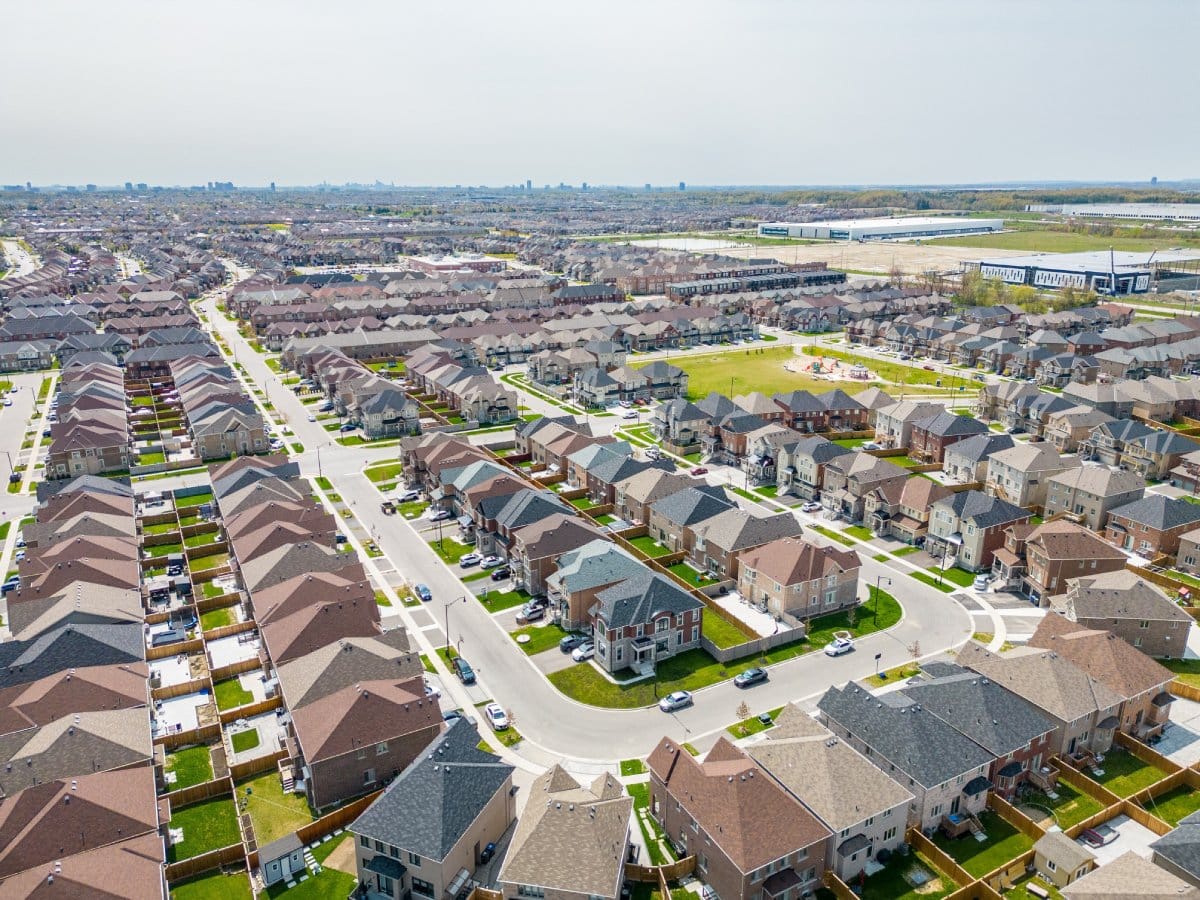Across the United States, there’s a big problem looming: a housing crisis. Millions of homes are missing, leaving families struggling to find affordable places to live.
Housing Affordability Crisis
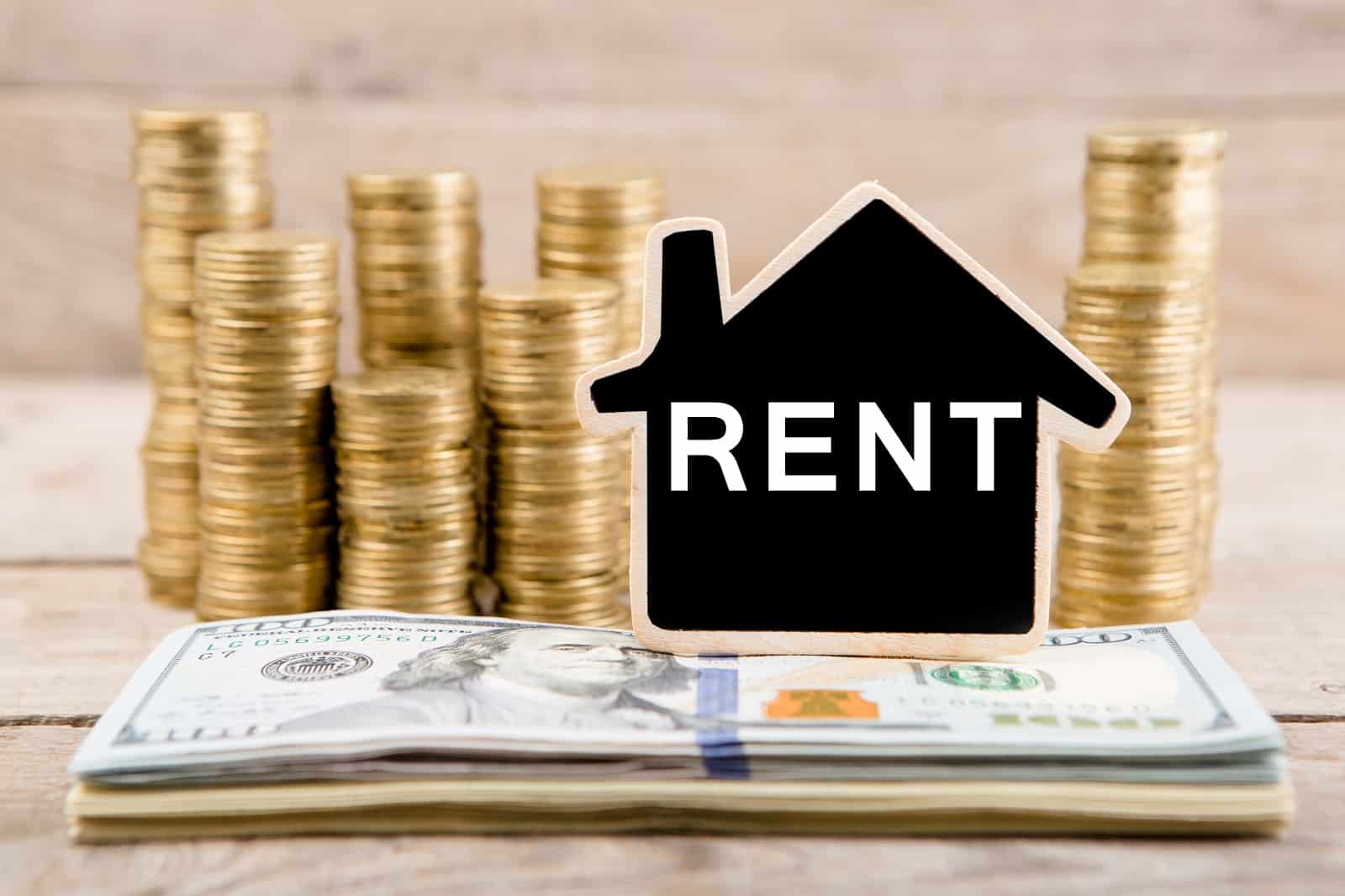
Renters, in particular, are feeling the pinch, with many shelling out a big chunk of their paychecks just to keep a roof over their heads. And for those dreaming of owning a home, the options are slim, with prices soaring out of reach for the average household.
Blame the Rules

So, what’s the deal? Turns out, it’s the rules – those zoning laws that dictate where and what kind of houses can be built. Cities are taking a hard look at these rules and slowly realizing they’re way too strict, making it a pain and a fortune to build new homes.
Cities Take Action to Ease Housing Crisis

To fix this mess, cities are rolling up their sleeves and taking on “zoning reforms.” It’s a revamp for housing rules, making it easier to build homes where people need them.
Revamping Housing Rules

It allows for more types of homes in different areas, encourages more apartment buildings near public transport, and speeds up the paperwork for builders.
Minneapolis Leads the Way

Minneapolis is a city that’s been leading the charge. They shook things up by changing their rules. No more single-family-only zones – now, you can build two- or three-unit homes pretty much anywhere.
Breaking the Mold

And it seems to be working well! Researchers at The Pew Charitable Trusts analyzed what happened between 2017 and 2022 in Minneapolis after the rule shake-up.
Big Growth in Home Construction

They found Minneapolis built a whopping 12% more homes during those five years -that’s a lot more homes than other cities managed to build.
Diverse Housing Options
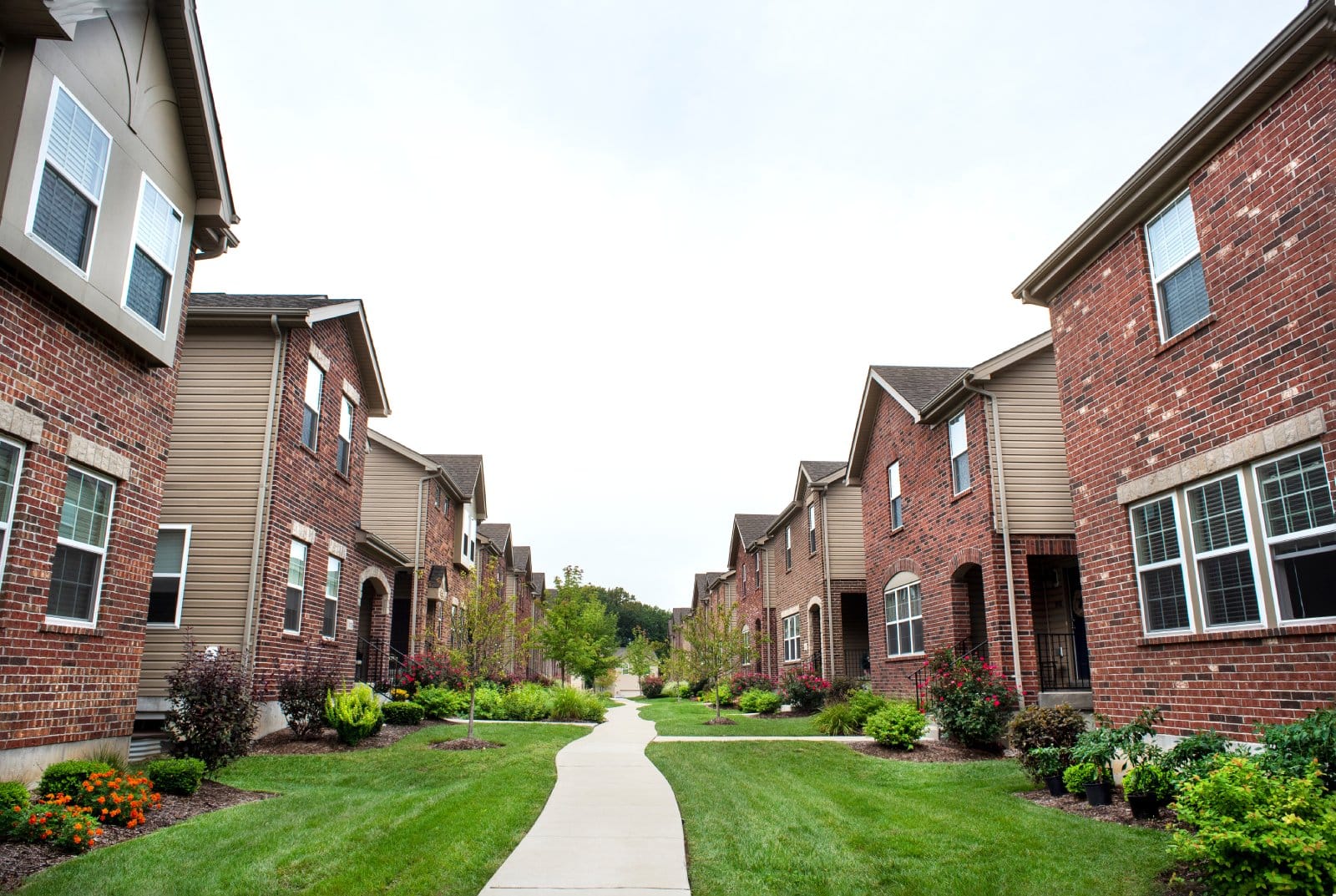
But there’s more – they didn’t just build duplexes and triplexes like everyone thought. They went big and built a bunch of midsize apartment buildings with 20 or more units.
Rent Control

And the best part? All this new housing seems to be keeping rents in check. While rents across Minnesota shot up by a whopping 14%, in Minneapolis, they only rose by 1% – a fraction of the cost!
Spreading the Movement

Now, other cities are catching on. Places like Milwaukee, New York City, and Columbus, Ohio, are doing their own version of zoning reform.
New Buzzwords in Urban Planning
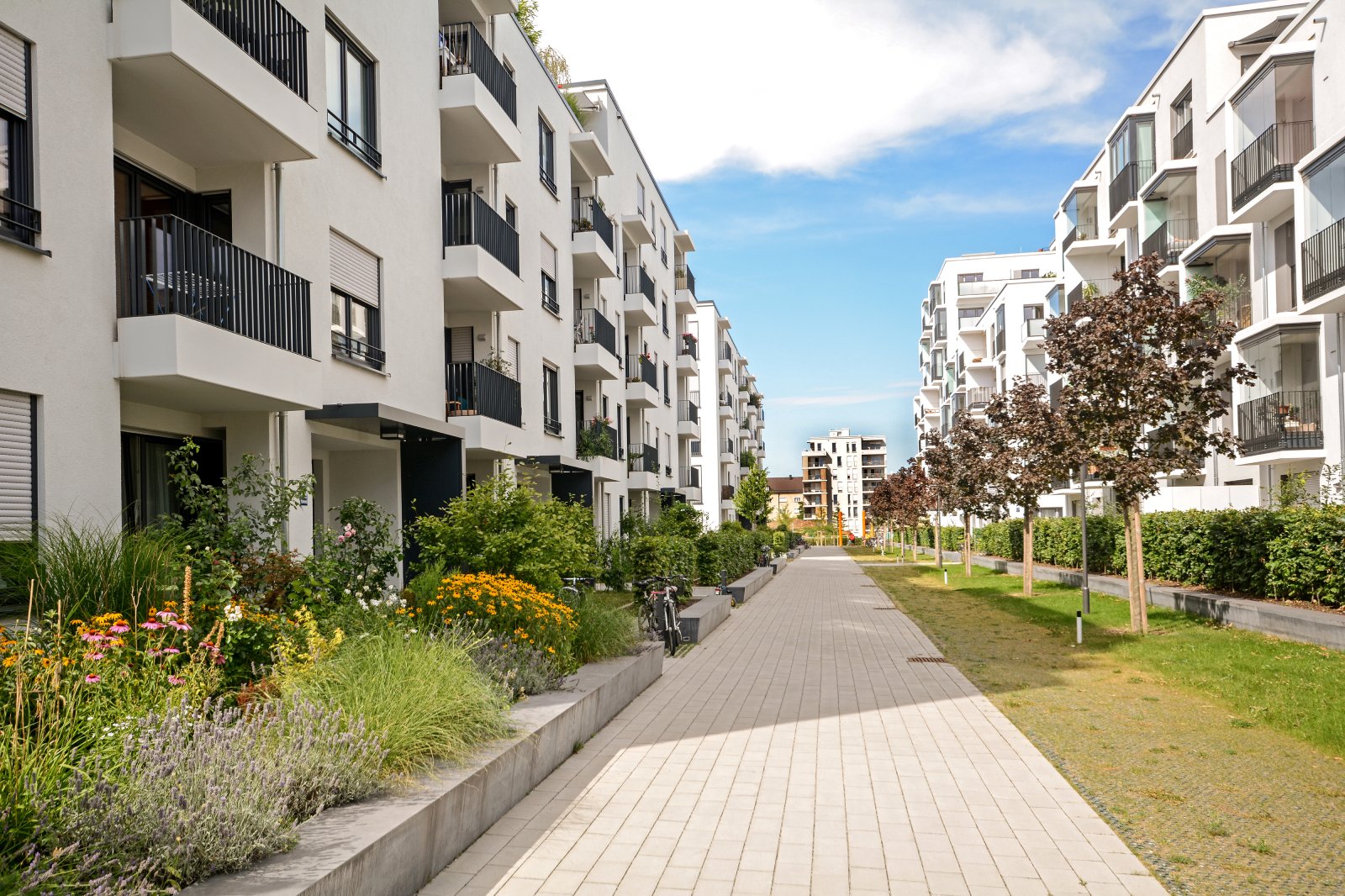
They’re using terms like “gentle density” and “missing middle” housing to mean more choices for people looking for a place to live.
Creating Housing Options
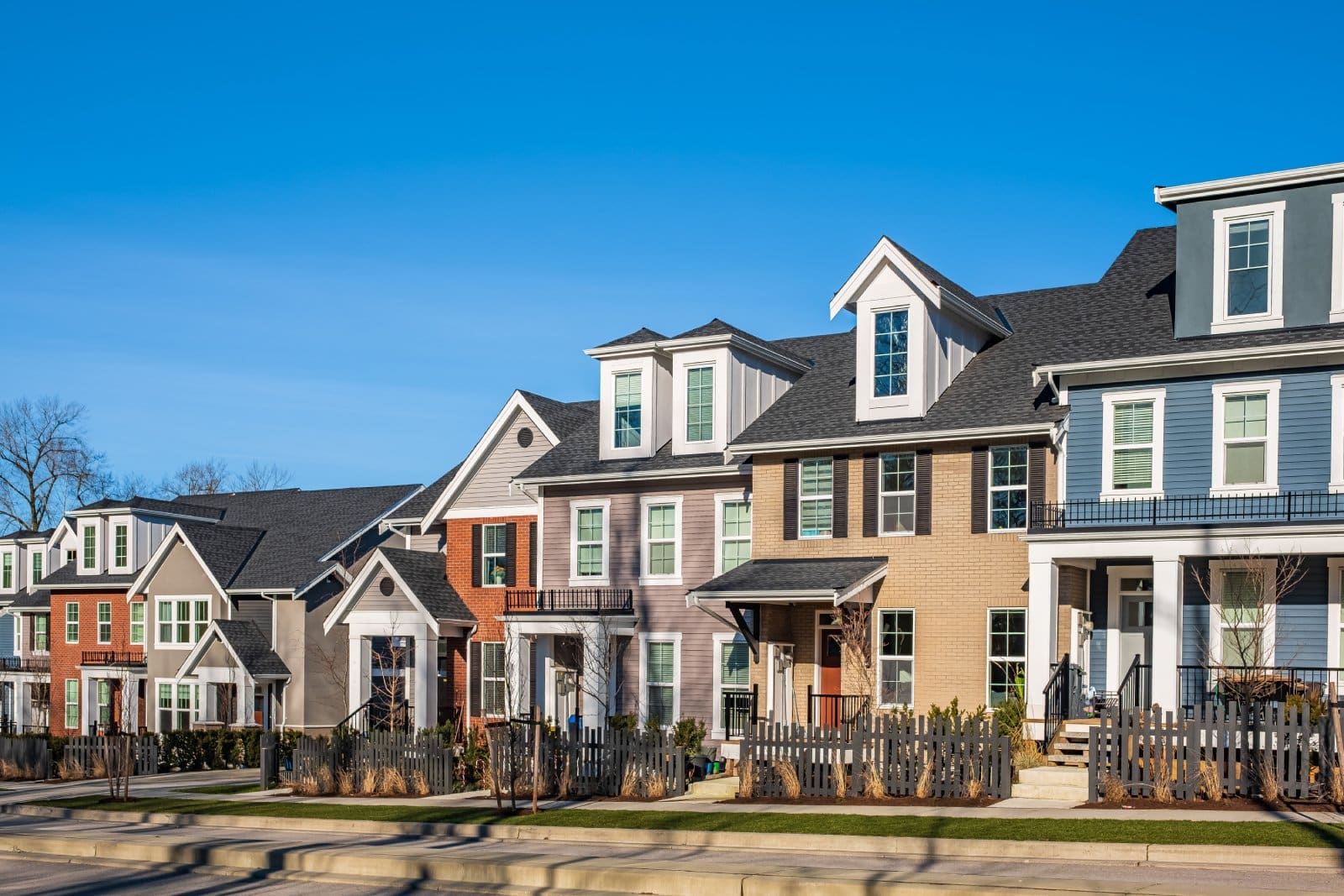
The goal is simple: create more options for people looking for a place to live. It’s not just about building more homes – it’s about building the right kind of homes. Many city zoning laws only permit big, single-family homes over other types of housing like apartments or townhouses. This can end up excluding a lot of people, making it harder for them to find a place to live.
Outdated Rules

Angela Brooks, head of the American Planning Association, explained to an interviewer for NPR that we’re stuck with outdated rules that are blocking us from having enough homes.
Origins of Single-Family Zoning

Urban planner Nolan Gray agreed, adding that “If you look at the origins of policies like single-family zoning, they were fairly explicitly designed to segregate cities both on the basis of socioeconomic status and then, of course, race.”
Resistance to Change

We’re currently seeing a wave of changes across the U.S. to fix this. Of course, change is never easy, and there have been some bumps along the way – some places are fighting back.
Homeowners Push Back Against Housing Developments

Homeowners in Montana and Austin, Texas, are saying no to more houses nearby and have begun legal battles to block housing developments.
Environmental Reviews and Judicial Orders

And in Minneapolis, part of the plan to end single-family zoning is on hold after a judge ordered an environmental review.
Campaigning for Change

However, campaigners are not giving up – they’re appealing and asking the state to change the law.
State-Level Initiatives

Despite the challenges, progress is being made. States like California, Oregon, and Washington are leading the charge by making it harder to block zoning reforms with legal challenges. And with millions of new homes in the pipeline, there’s hope that rents will start to level off soon.
Millions of New Homes on the Horizon
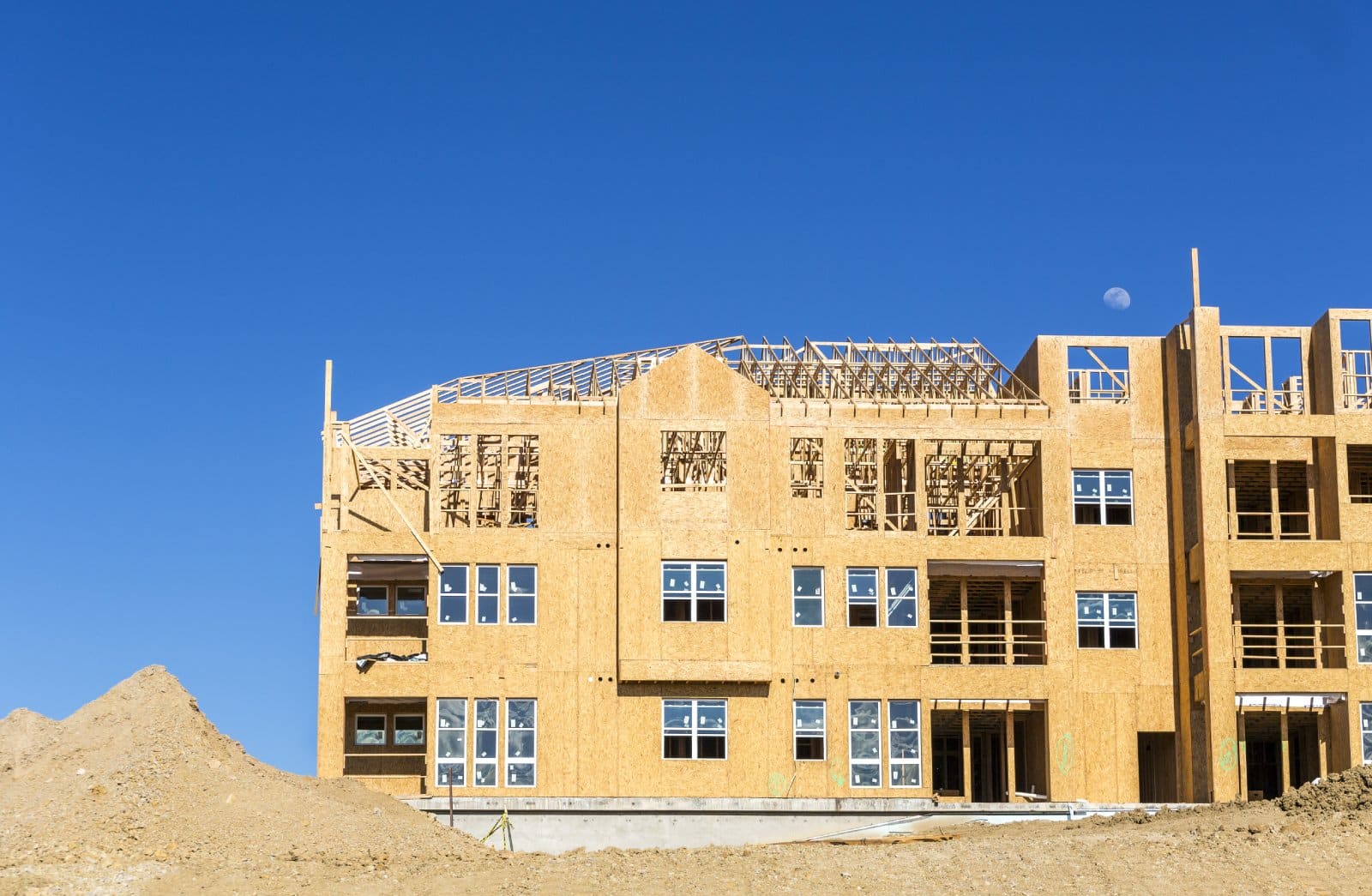
The good news? More apartments got built last year than in a long time, and there are over 1.7 million homes in the works. Rents are starting to level out slightly.
The Ultimate Goal of Zoning Reform
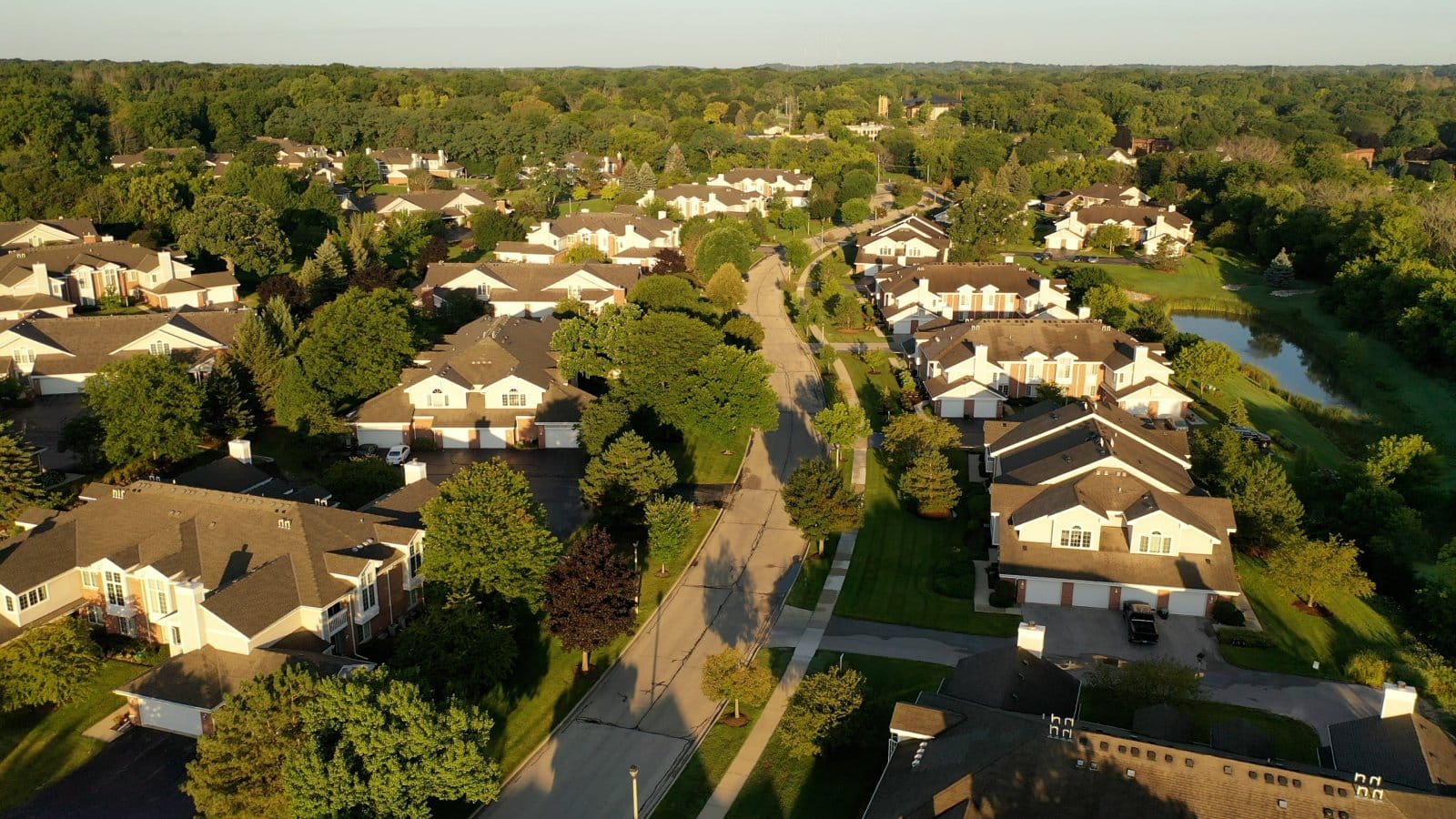
Zoning reform is about one thing: making housing more affordable for everyone. And overall, the future looks bright. With more and more cities embracing zoning reform, there’s hope that we can finally start to chip away at America’s housing crisis, one home at a time.
The post Minneapolis Leads Affordable Housing Reform: Multi-Dwelling Zoning Ahead first appeared on Swift Feed.
Featured Image Credit: Shutterstock / Content zilla.

